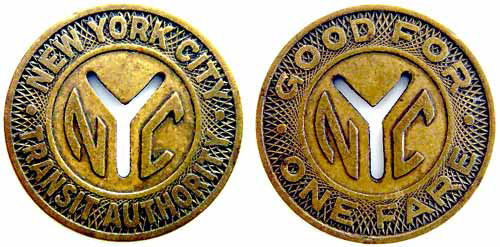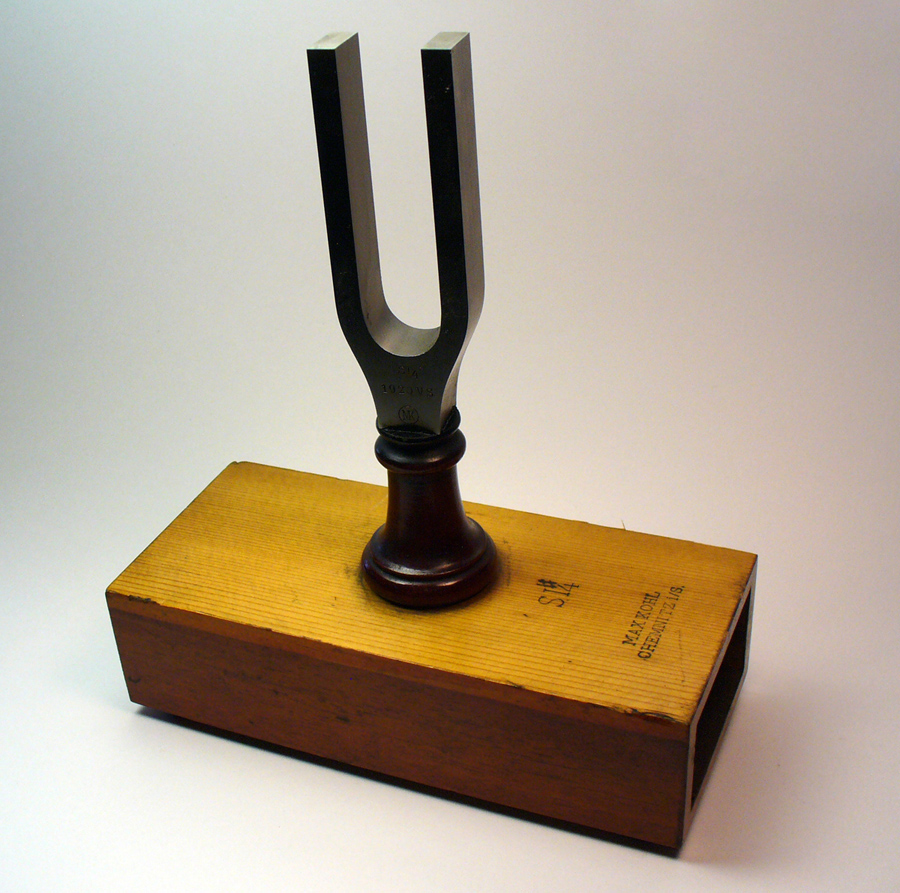CrankAddictRich
Well-Known Member
Hey guys.. I've got a question and I'm hoping the locals can give me some help. So I just recently got my Fuse all set up with the Rockshox Pike fork and XT bits and pieces and now I'm trying to dial it in a little bit more. I've watched a bunch of videos explaining the different adjustments for the fork, but I'm hoping you guys can give a little bit more clarification.
The fork is a 120mm travel, Rockshox Pike. I've set the air pressure at 100 psi based on my weight + normal riding gear. I've played around with the rebound adjustment and found a setting that seems to be strong give a nicely controlled return without too much bounce and not soft enough that the fork packs up. Today, I decided I'd pop open the fork and see what kind of effect the volume reducer spacers have. When I unscrewed the air valve and pulled it out. I found that the fork already had 4 volume reducers installed. Its my understanding that this is the normal configuration for a 120mm Pike. I installed 1 volume reducer and put the fork back together, and set the pressure back to 100 psi. Right away, the fork felt noticeably stiffer when I first got on it... My immediate thought was, "whoa, I don't like that, I like it better the other way." But then as I rode it a little more and cycled the fork a few times, it seemed to feel better. I have a fairly good size drop in my front yard, maybe a 16-18" drop over some roots, down to the street and I practice going up and down that fairly quickly. Is that normal for the fork to feel super stiff right away when you first pump it up and then even out? Also, Its' my understanding that I can probably run a little bit lower pressure now in the fork to get some small bump compliance because the fork will stiffen up more as it compresses because of the volume reducer?
Thanks in a advance.
The fork is a 120mm travel, Rockshox Pike. I've set the air pressure at 100 psi based on my weight + normal riding gear. I've played around with the rebound adjustment and found a setting that seems to be strong give a nicely controlled return without too much bounce and not soft enough that the fork packs up. Today, I decided I'd pop open the fork and see what kind of effect the volume reducer spacers have. When I unscrewed the air valve and pulled it out. I found that the fork already had 4 volume reducers installed. Its my understanding that this is the normal configuration for a 120mm Pike. I installed 1 volume reducer and put the fork back together, and set the pressure back to 100 psi. Right away, the fork felt noticeably stiffer when I first got on it... My immediate thought was, "whoa, I don't like that, I like it better the other way." But then as I rode it a little more and cycled the fork a few times, it seemed to feel better. I have a fairly good size drop in my front yard, maybe a 16-18" drop over some roots, down to the street and I practice going up and down that fairly quickly. Is that normal for the fork to feel super stiff right away when you first pump it up and then even out? Also, Its' my understanding that I can probably run a little bit lower pressure now in the fork to get some small bump compliance because the fork will stiffen up more as it compresses because of the volume reducer?
Thanks in a advance.








